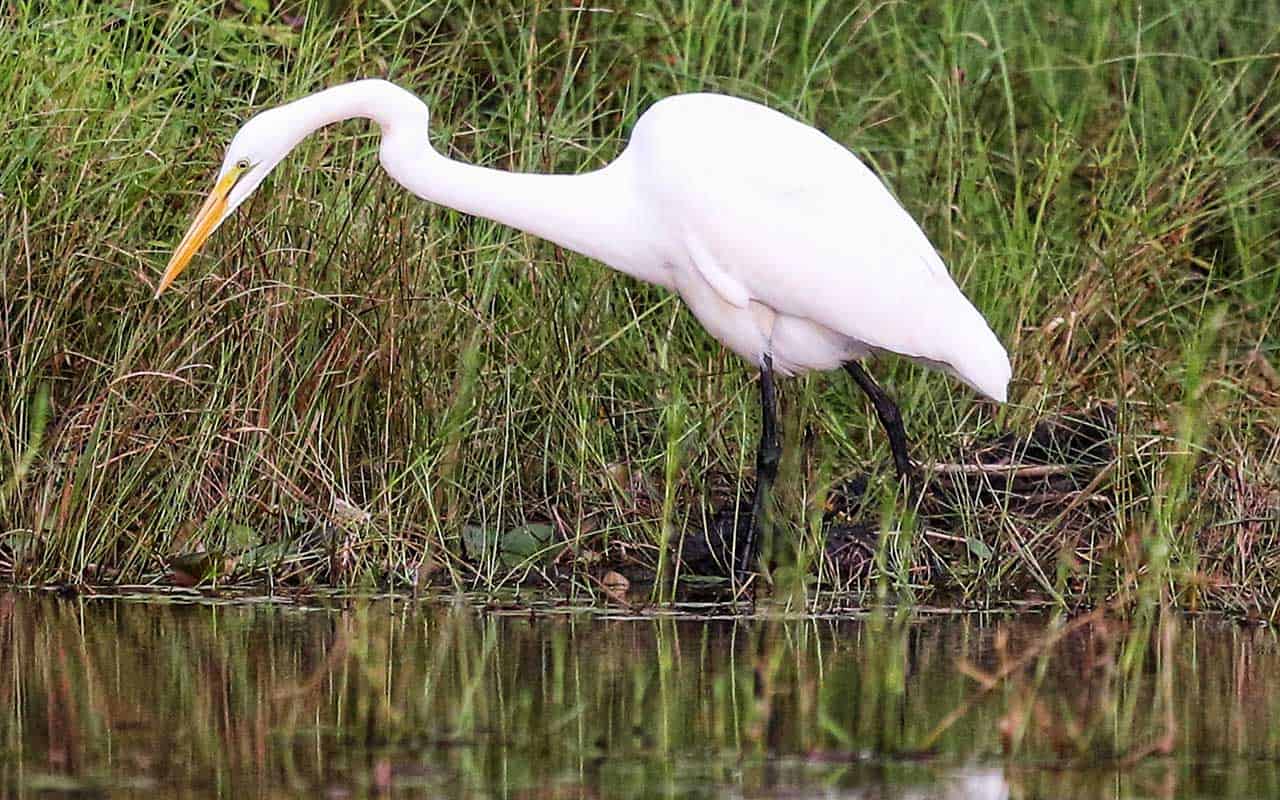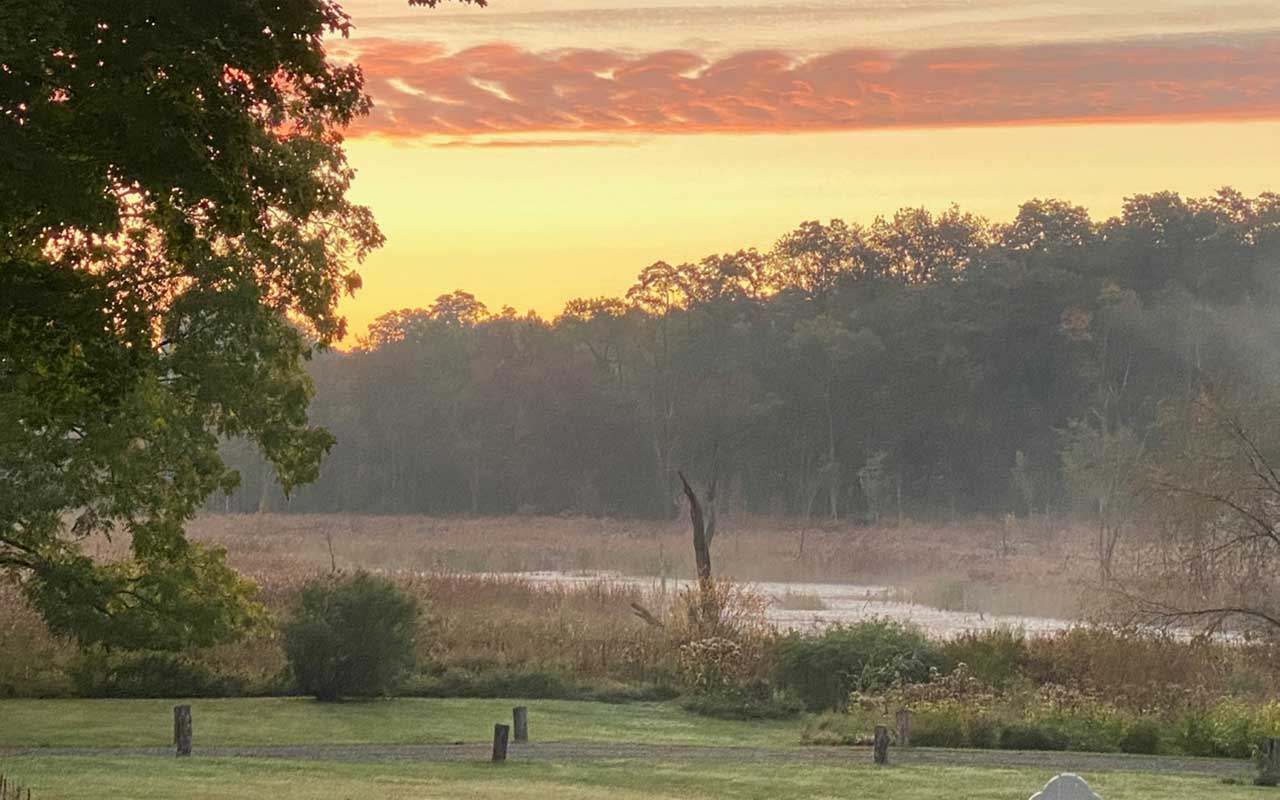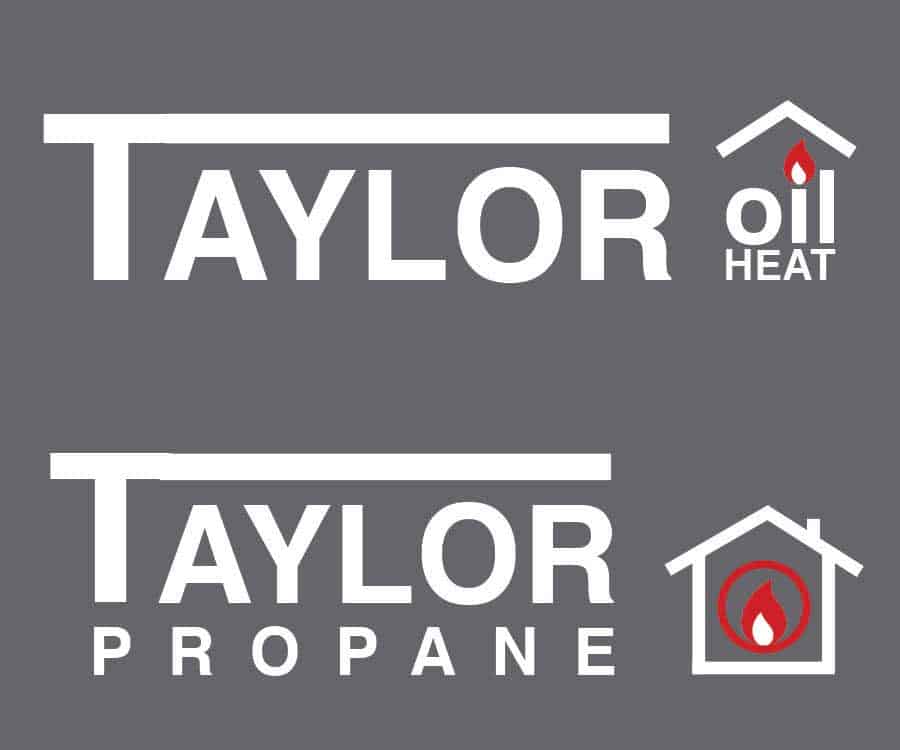Real Estate

Wetlands
I thought some guidelines existed to estimate the dollar value of wetland properties when I began to research the impact of swampy land on real estate values for this April’s environmental issue. After talking to assessors, buyers of wetlands, owners of wetlands, environmental regulators, appraisers, land trusts, and realtors in Columbia, Dutchess, and Litchfield counties, I discovered that nothing is simple or consistent when it comes to wetlands – except their importance.
What are wetlands?
Wetlands are not exactly like pornography. You don’t necessarily know it when you see them, but you do have a pretty good idea. Simply, wetlands are found where the water table is at or near the surface of the land for a good portion of the year. They often occupy flood-prone areas and include swamps, marshes, wet meadows, fens, woodland pools, and bog lakes. Historically, they have been seen as waste lands to be filled or drained for development or agricultural purposes.
An estimated half of the wetlands in the lower 48 of the United States have disappeared since colonial times. By the 1970s environmentalists began to recognize the importance of wetlands to control flooding, remove pollutants, filter drinking water, and host unique ecosystems of plants and animals.
Nationally, regulations and laws were enacted to protect these valuable resources from further destruction. The Federal Government created wetland maps and each state and many communities further defined and regulated wetlands. New York’s Freshwater Wetlands Act passed in 1975 requires permits for all non-agricultural activities that could change the quality of wetlands over 12.4 acres while Connecticut’s Inland Wetlands and Watercourses Act of 1972 requires each municipality to establish a wetland agency to implement and enforce wetlands protection. In Salisbury, for example, this can mean submitting a survey showing wetlands demarcation before any building permit is approved. In New York, local CAC and Zoning and Planning work together to approve any building near wetlands with experts to mark the extent of the wetlands. Permission must be obtained from the state’s DEC for any activities in or nearby state regulated wetlands.
Really? Property taxes on land I can’t use?
New York State’s assessors who establish property values for tax properties all agree assigning value to wetlands is complicated. Only one, Stephen Gotovich, assessor for the Town of Stanford, NY, had a specific approach. “I estimate wetlands at a $1,000 per acre because they have very limited use.” Katherine Johnson, assessor in the Town of North East, commented that the value depends on the effect wetlands are really having on the rest of the property. Using Dutchess County Parcel Access it’s easy to compare the assessed land values of properties with wetlands. For example, a private residence on 2.8 acres with substantial wetlands at the back of the property has land assessed at $49,000. Another nearby property has 8.1 acres that is entirely wetlands and its value for tax purposes is only $4,100.
Town of Washington, NY’s assessor concurred there are many factors to consider but that wetlands should be discounted considerably for tax purposes. It should be noted that any assessment reductions for agriculture cannot include wetland acreage. What I discovered is that New York assessors operate very independently and each approaches the wetlands issue without specific county or state guidelines. One Columbia County assessor commented, “We may not even know that there are wetlands – only if someone brings it up.”
In the rural towns of Litchfield County wetlands are often assessed at a lower rate established by the state under Public Act 490 for farms and forests with updated values produced by the Farm Bureau. In some communities, like Sharon and Salisbury, the assessed value of wetlands might also be discounted under the Open Space provision. Kayla Johnson, Salisbury’s assessor, after stressing that it is a complex issue, agreed that wetlands can have a large impact on a parcel’s assessed value which is calculated on a case-by-case basis. If you own wetlands or are considering buying property with wetlands, you should always meet with your local assessor to discuss their approach.
Appraisers
Private appraisers are hired by a variety of clients: banks to establish value for a mortgage, estates to estimate values for probate and taxation, buyers to determine a fair purchase price, and owners donating land or creating conservation easements. Roger Rollins of Resource Valuation Group in Litchfield County tries to look at sales of other properties containing wetlands and has found that wetlands included in larger parcels are valued between $3,500 to $7,500 an acre. Rollins finds that if the wetlands area is less than 10% of the property they really don’t have much impact on the total value.
Al DeKrey, an appraiser with McGrath & Company, specializes in valuing land for natural resource and conservation lands, recently evaluated a large property in Rhinebeck with surprisingly beautiful wetlands that actually added value to the acreage because of their location. Paul Herrington, an appraiser with Farm Credit East, agreed there is really no rule of thumb in valuing wetlands because of the variability of location and quality and size of surrounding land, but estimated a wide range of $1,000 to $6,000 for wetlands acreage because of the limitations on their usage.
Real estate agents don’t agree either
Real estate agents can find themselves in a difficult situation when clients selling large parcels, which include wetlands, refuse to understand that buyers will discount their offer for “swamp” land. Andrew Gates, a broker with Houlihan Lawrence, said, “Not all wetlands are created equal, most swamps provide no monetary value, but as in the case of my listing on Boston Corners Farm, they can provide water views and an array of bird life.”
On the other hand, some buyers may want a wildlife viewing platform or land to hunt or watch birds. John Harney, an agent with William Pitt Sotheby’s International Real Estate, finds that wetland and vernal pools are a great asset to a property and provide excellent habitat for a variety of wildlife from amphibians to turtles, mink, beavers, herons and ducks. “Wetlands are much more exciting and productive than say a lawn.”
Transforming wetlands
Wetlands can be altered naturally or created through human intervention. A boggy, swampy field can be fenced and cattle introduced to graze on invasive plants like phragmites which choke out stream corridors. Working with the National Resource Conservation Service, Jim Archer in Amenia has rented out his herd of 34 Scottish Highland cattle to graze in wetlands for owners who want to slowly return their wetlands to their original beauty.
New wetlands can be created through regulated remediation programs. When developers are required to replace wetland acreage in order to build on a site, say a Walmart parking lot, wetland remediation can be stipulated by state authorities. The Wetland Trust is a non-profit organization which purchases low lying, level fields to create mandated replacement wetland acreage in another location. This process takes years and begins with finding and purchasing suitable land. A big wet cornfield with the right hydrology and soil might be a likely candidate. After purchasing the property, the Wetland Trust’s biologists and construction crews go to work to create replacement wetland acreage.
Wetlands custodians
Owners of wetlands are guardians of an important community resource. Most we spoke to have come to appreciate the ever-changing beauty of their wetlands and the flora and fauna they protect. They appreciate the peepers heralding spring, stately herons waiting for their next meal, and even turtles roaming on patios looking for a perfect place to lay eggs. Wetlands also offer them privacy and protection forever and there’s no maintenance involved.
Buyer beware
Any buyer contemplating a property purchase which may contain or border on wetlands should investigate. There is never a property listing which specifically mentions the presence of wet areas, although a photograph of a stream may be a tip off. A survey should show the presence and extent of wetlands. If wetlands are present consider local wetland buffer limitations, typically a 100’, and other restrictions by consulting with the town’s building, zoning, and wetlands department.
If the property’s wetland seems to be assessed at a high per acre valuation speak to the assessor about the likelihood of lowering the assessment for tax purposes given the presence of unusable acres. Most importantly buyers should become educated about the importance of these lands and welcome the prospect of being the guardian for this invaluable environmental resource described as the land that holds the rest of the world together.





